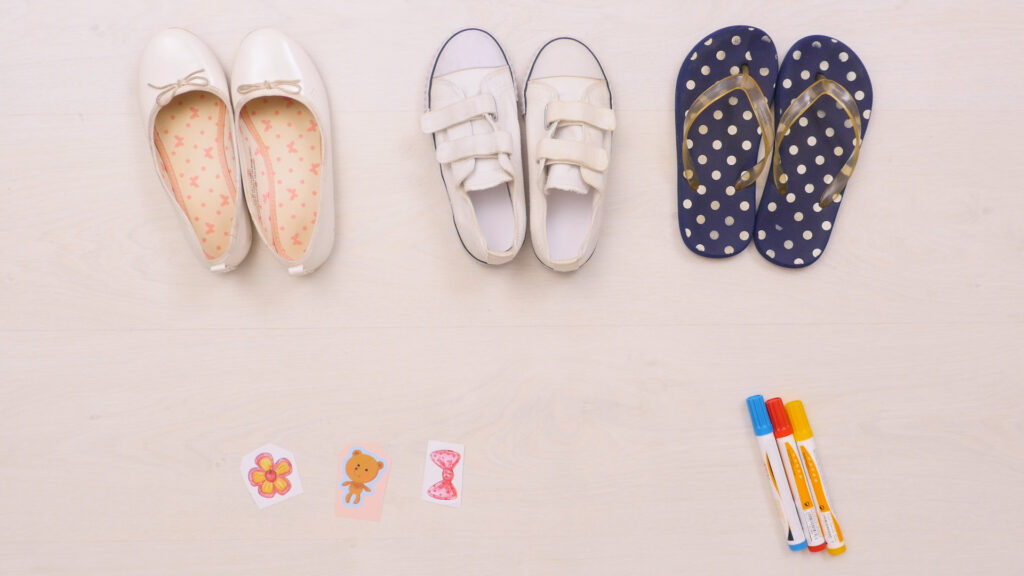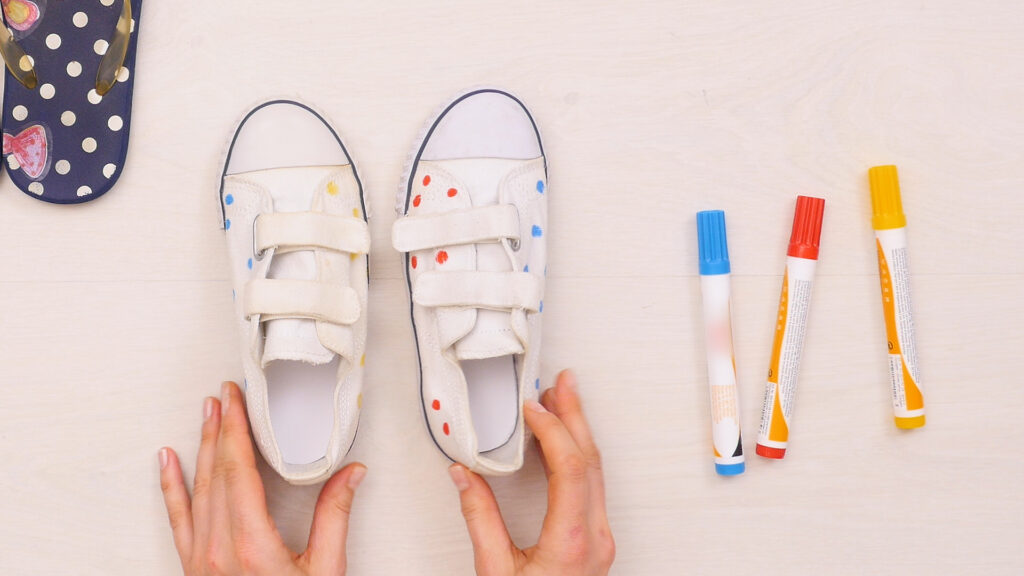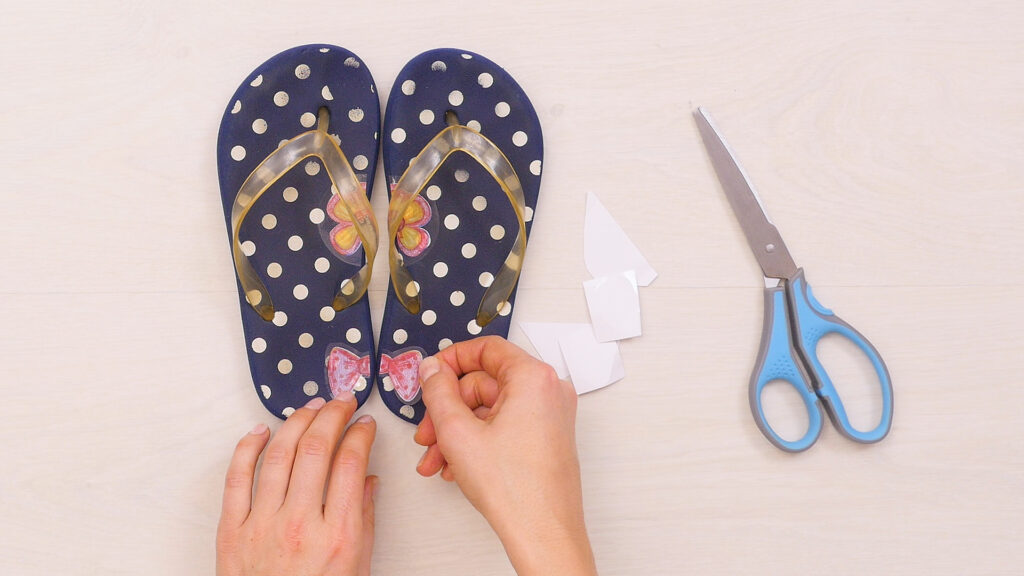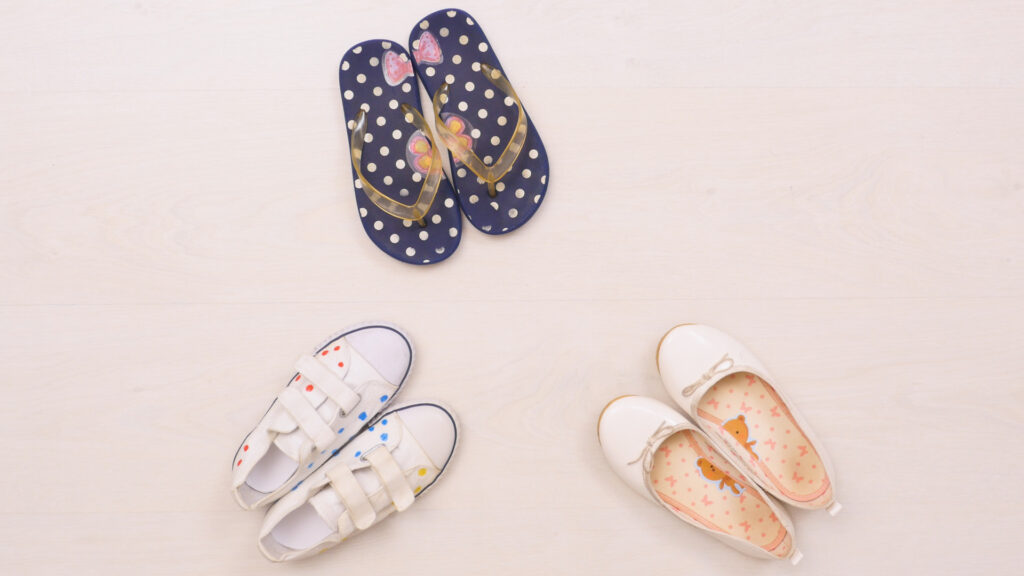
As a parent, one of the most exciting milestones to witness in your child’s development is when they start to put their shoes on by themselves. However, one common struggle for young children is determining which shoe goes on which foot. Fortunately, there are some clever hacks that parents can use to help their child learn how to put their shoes on the right feet faster.
Hack #1: The Colored Marker Method

The first hack involves using fabric markers to help your child differentiate between the left and right shoes. With the first color, draw a pattern on the inner side of both shoes. With the second color, draw a pattern on the outside of the left shoe, and repeat this with the third color and right shoe. Make sure the patterns match each other when the shoes are placed side by side.
When it’s time for your child to put their shoes on, encourage them to match the patterns on each shoe to ensure they have the correct shoe for each foot. This method helps your child learn to recognize the visual difference between the left and right shoe.
Hack #2: The Sticker Method

Another clever hack involves using stickers to help your child identify the correct foot for each shoe. Begin by cutting a sticker in half and placing one half on the inner side of the insole of each shoe. Make sure the stickers match each other when the shoes are placed side by side.
When it’s time for your child to put their shoes on, encourage them to match the stickers together to ensure they have the correct shoe for each foot. This method helps your child learn to recognize the difference between the left and right shoe.
The Bottom Line

Helping your child learn how to put their shoes on the right feet can be a fun and engaging activity for both parent and child. By using the sticker or colored marker method, you can make the process more manageable and enjoyable for your child. Not only will these hacks help your child become more independent, but they will also improve their motor skills, hand-eye coordination, and cognitive development.
